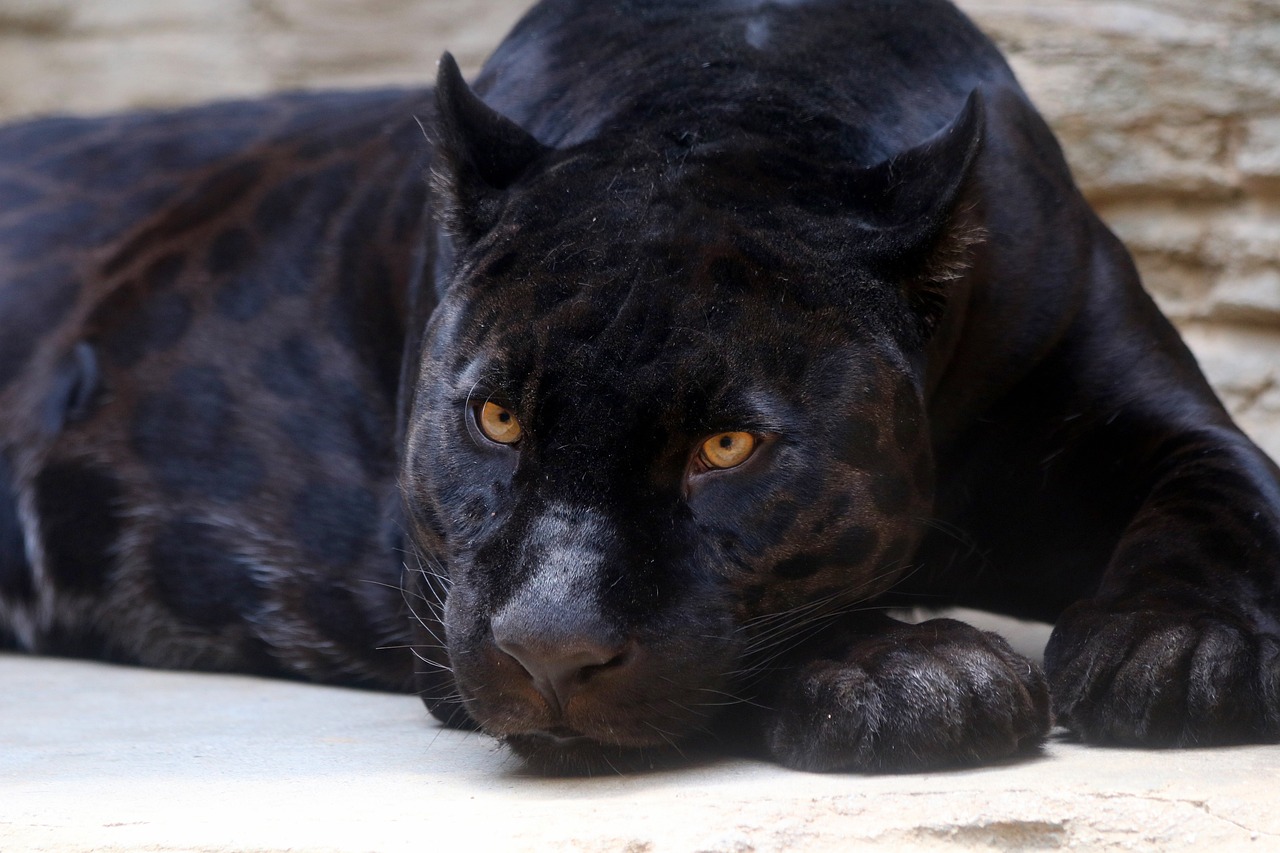News release
From:
Ecology: Humans use or trade around a third of all vertebrate species
Humans use or trade roughly a third of all vertebrate species and pose a threat to 39% of these species, according to a study published in Communications Biology. The findings highlight the extensive global network of wild animal populations impacted by human activity.
Chris Darimont, Rob Cooke and colleagues analysed data collected in 2019 from the International Union for Conservation of Nature (IUCN) on the use and trade of 47,665 vertebrate species. The authors estimated the number of species whose use or trade by humans involves the removal of individuals from wild populations, including for hunting, food, clothing, medicine or use in the pet trade. They then calculated the proportion of these species that the IUCN Red List — which records the extinction risk of species — identifies as threatened by human use. Finally, the authors compared the number of vertebrate species preyed on by non-human predatory species within the areas they occupy with the number used or traded by humans within equivalent sized geographical areas.
The authors suggest that humans use or trade 14,663 species — equivalent to approximately one third of all vertebrate species — and that 39% of species (5,775) used or traded by humans are considered threatened by human use. 55% of these species are used for food and, for marine-dwelling species, such as tuna, food is the most common use. Over half of all terrestrial species used or traded by humans, including 4,489 bird species, are used in the pet trade. Recreational hunting affects 358 ray-finned fish and 452 bird species, while 207 mammal and 33 cartilaginous fish species are used to make clothing and 106 reptile, 192 mammal and 82 amphibian species are used in medicine.
The authors report that the number of vertebrate species used or traded by humans is up to 300 times greater than the number preyed on by non-human predatory species within equivalent sized areas, with humans exploiting 300 times more species than jaguars, 80 times more species than lions and 113 times more species than great white sharks. This demonstrates the breadth of species impacted by humans. They suggest that human activity may affect the availability of food sources for predatory species, with 30% of the species preyed on by Bigeye tuna and 100% of the species preyed on by jaguars also used or traded by humans.
The authors conclude that, although not all species used or traded by humans are considered threatened by human use, prolonged overexploitation of a wide variety of species could lead to declines in vertebrate diversity and that this could have broader consequences for the ecosystem functioning.
***
Springer Nature is committed to boosting the visibility of the UN Sustainable Development Goals and relevant information and evidence published in our journals and books. The research described in this press release pertains to SDG 12 (Responsible Consumption and Production), SDG 14 (Life below Water) and SDG 15 (Life on Land). More information can be found here.



 International
International



